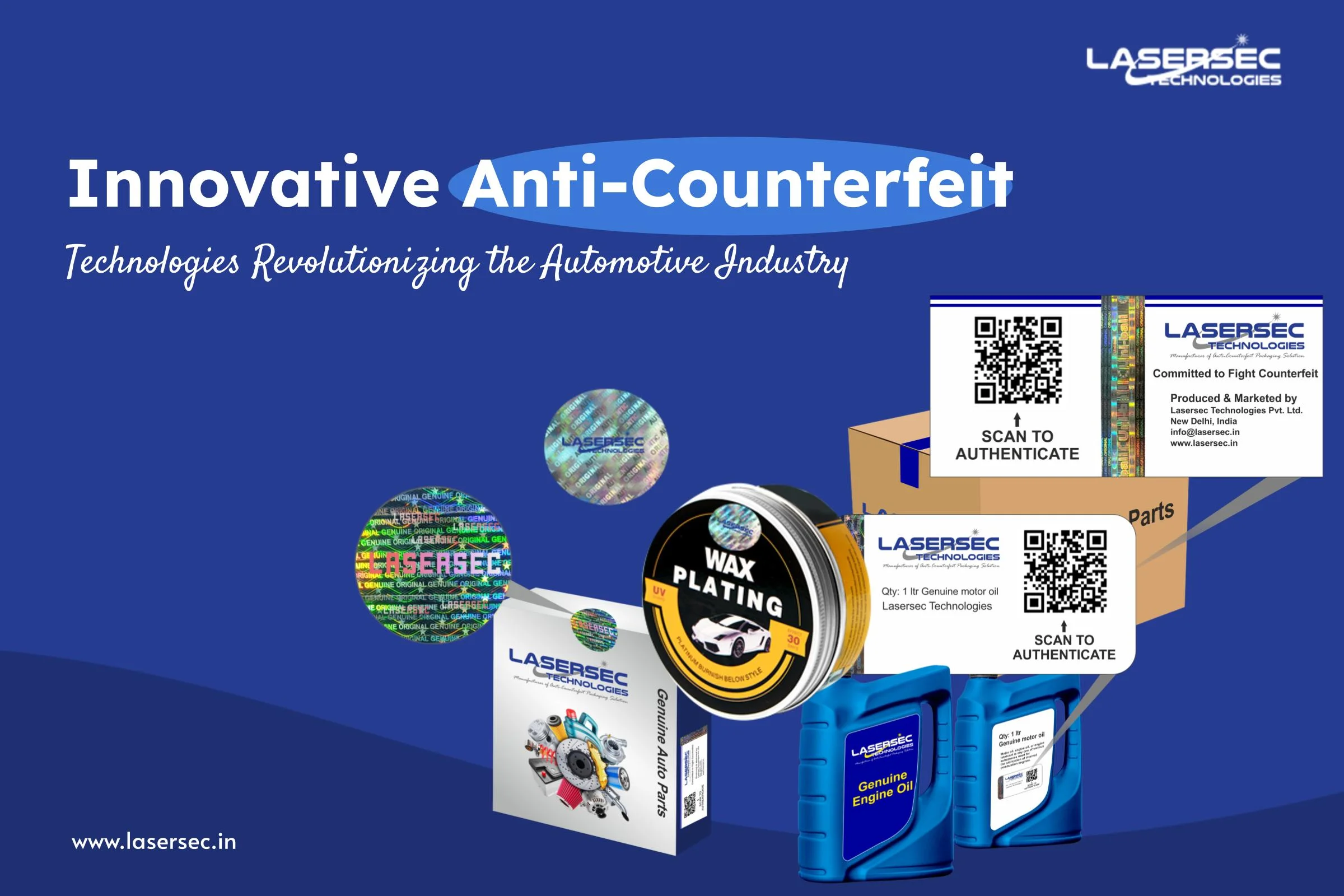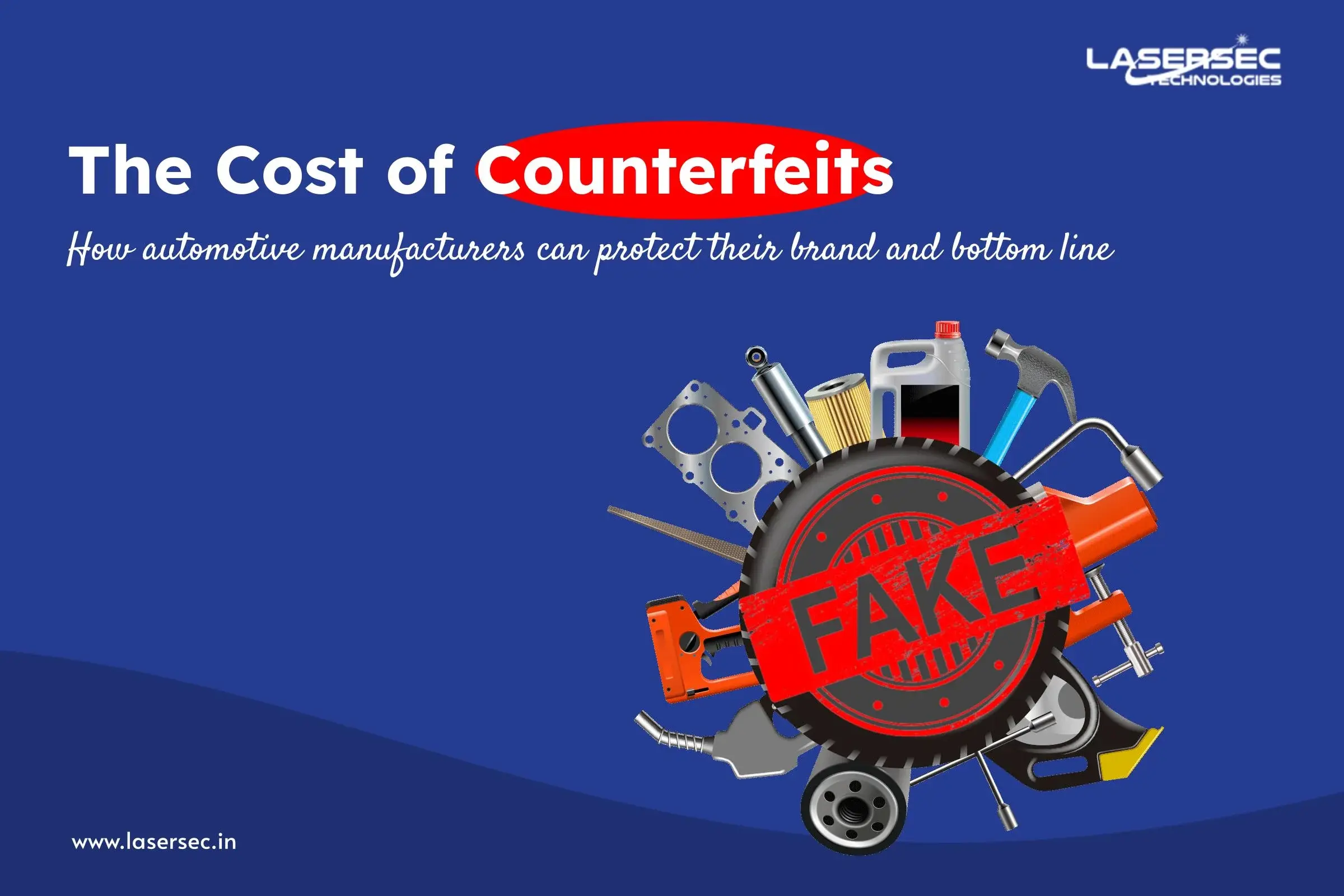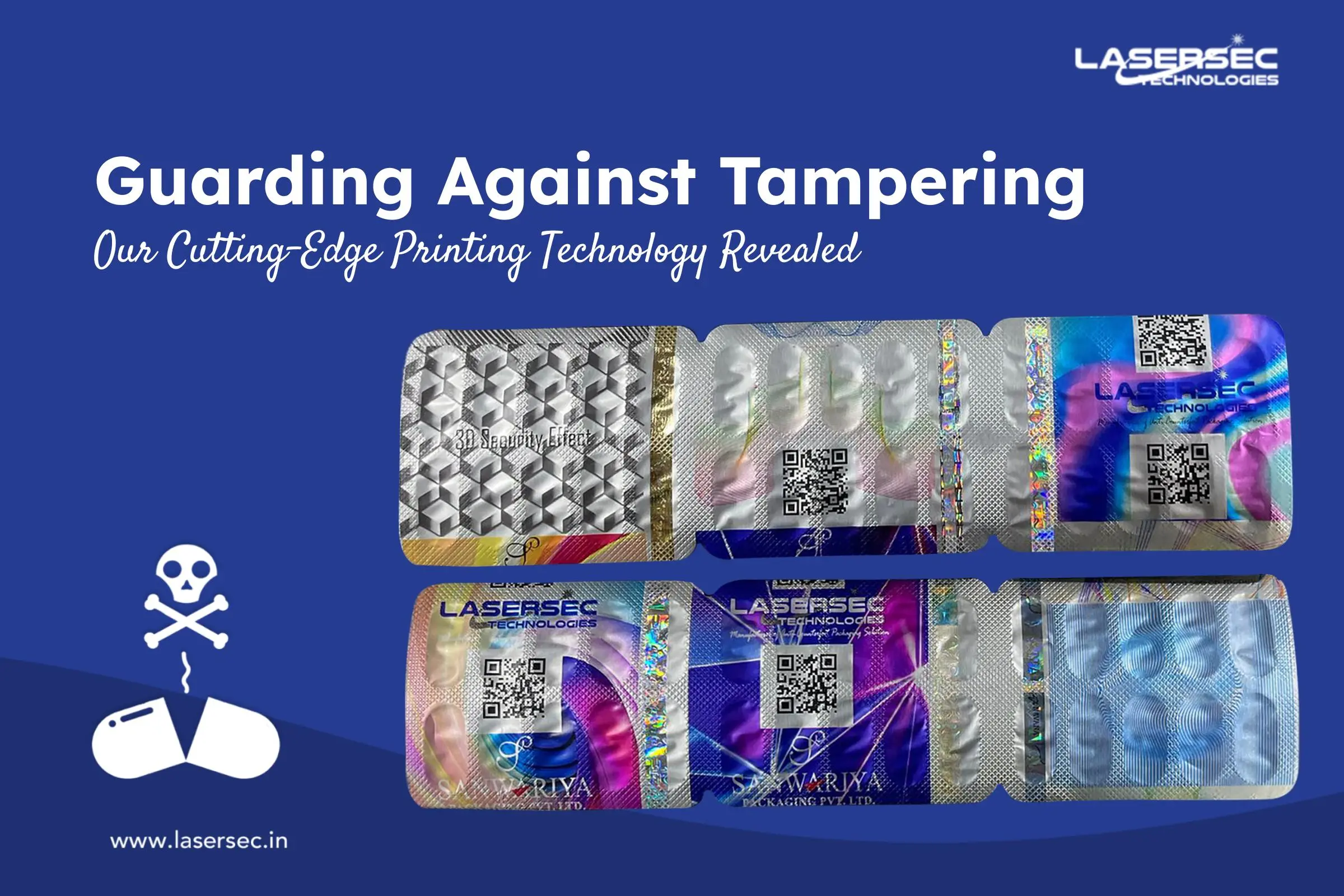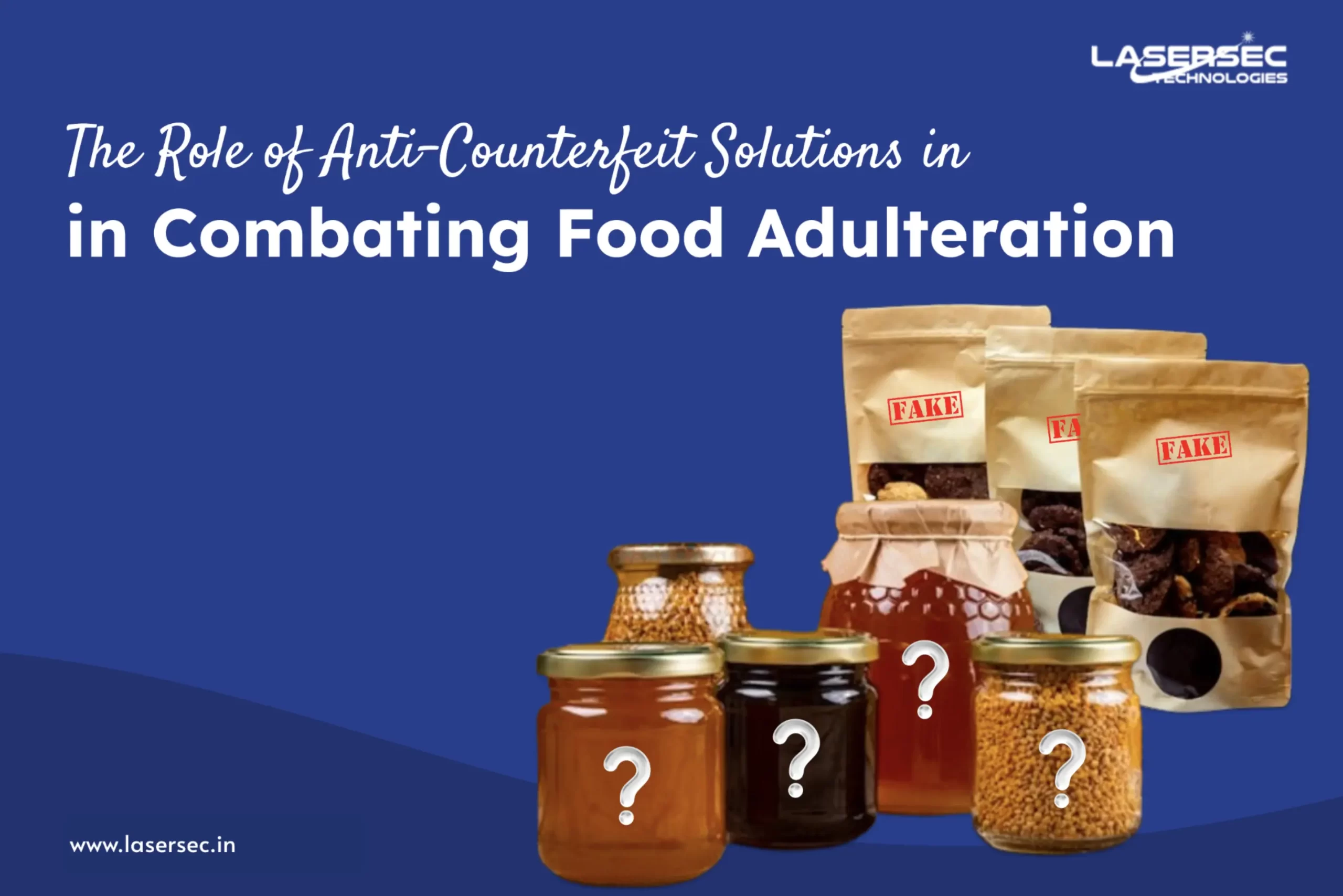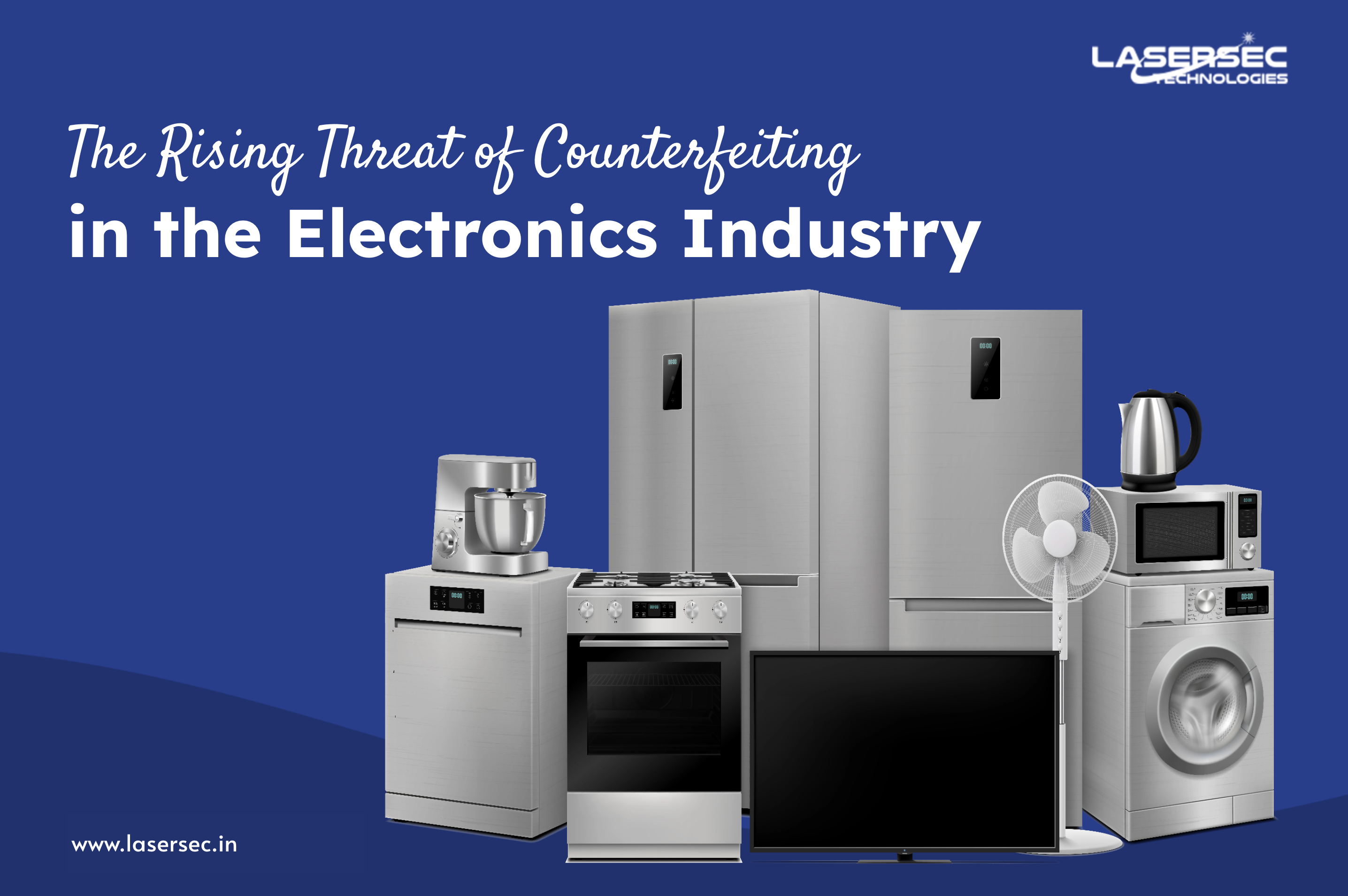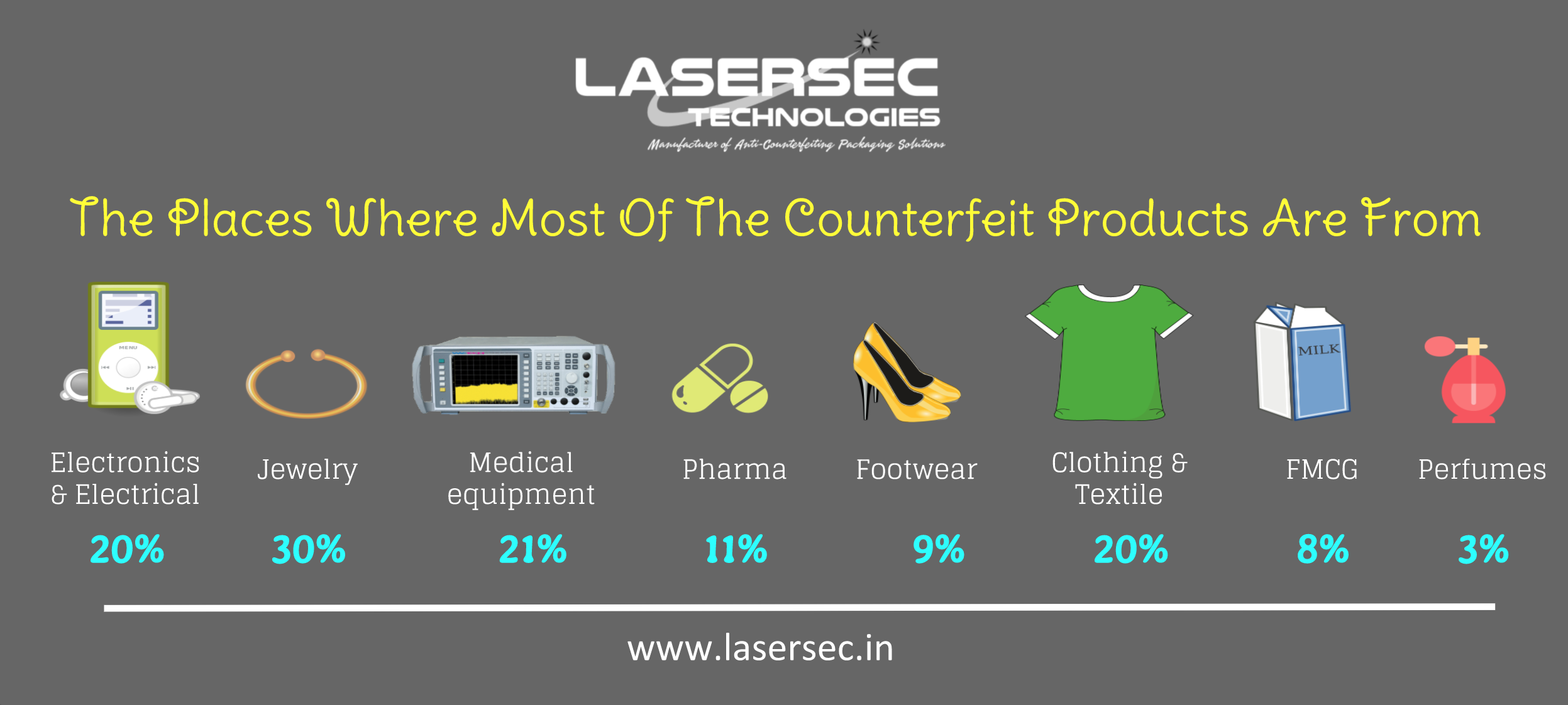
The most significant producer of counterfeit items is from China, then comes Philippines, Thailand, India Malaysia, Singapore, Indonesia, Turkey, Pakistan, Ethiopia, and Kenya.
Each year countries trade goods worth trillions of dollars from aspirin to zucchini. According to global customs data collected and analyzed by the OECD and the E-use intellectual property office, of all the imports entering countries by air, ship, road or rail, 2.5% are counterfeit or pirated goods.
For the European Union, 5% of all imports are fake. OECD analysis estimates that the global trade and counterfeit and pirated products is worth $461 billion a year around the same as the illicit drug trade and is rising.
This estimate, the most rigorous to date is based on some half a million custom seizures around the world between 2010 and 2013 as a conservative figure as it excludes online piracy. The profits often go to organized crime.
The fake goods have made its way to every sector, from luxury handbags, watches, and perfumes to machine parts and chemicals. Customs officials have even found counterfeit bananas and strawberries that infringe trade-marks.
Most seriously fake medicines that slip past customs threaten the health and safety of those who use them unknowingly. Counterfeit trade means lost company revenues and lower taxes for governments. It hurts society, and it discourages firms from doing costly but essential research into new products or medicines.
Most counterfeit goods are made in middle income and emerging economies with China in the first place. These countries have the infrastructure for large-scale trade, but many lack the institutions and legislation needed to crack down on counterfeit trafficking.
Electronics and electrical equipment are faked mostly. Next comes jeweler about 30% , optical, photographic and medical equipment amounting to 21%, pharma 11%, footwear 9%, clothing and textile 20% , toys 75, food 8%, leather goods 6%, perfumes 3%. Tougher regulations and closer international cooperation can help stem the flow of fakes.
Stop Fake! Stay Safe ! with latest holographic solutions – http://lasersec.in/product.html



-footer.png)

